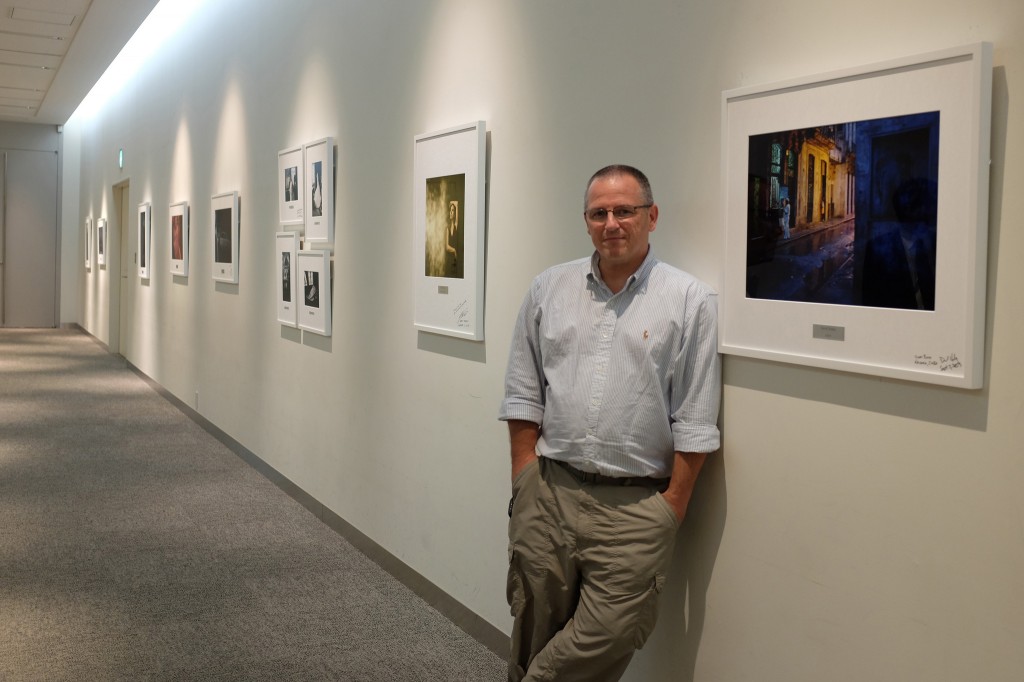I’ve been re-reading David Hobby‘s Lighting 101 tutorial while at the same time exploring HDR (Wikipedia’s HDR article is a good read for those unfamiliar with it). The question that eventually came to mind was how the guy that wrote the following feels about HDR?
How often have you heard this, usually with a tone of superiority:
“I am a purist, I only shoot available light.”
(Translation: I am scared shitless of flash.)
As an ambient light photographer, you only have one “correct” exposure. Maybe a little wiggle room if you are being interpretive.
But as a lighting photographer, we control everything in the frame, independently of the other areas, by how and where we expose and add light.
Hobby has a few mentions of HDR on his blog. Possibly the most significant of them is in this 2007 post:
Nothing against, HDR, but this is the lighting site. The HDR blog is down the hall.
Searching the broader web, I found a 2012 Poynter Institute blog post about an HDR composite featured on the Washington Post’s front page. On that post, a comment under David Hobby’s name and using an avatar he commonly uses appeared:
[T]hat this is not simply an HDR of a static scene. That plane (hopefully) was moving. And an HDR is created from a series of photos taken with a different exposure. So it is also a composite image, with the position of the plane “chosen” from a series of photos in which the plane was in different places. This was not disclosed in the caption.
Non-photographers have no idea about the process of the compositing and subsequent tone-mapping images to make a photo like this. My wife, a journalist who has been married to a photographer for 20 years, had no clue. But she was nonetheless pretty squishy with it when I explained it to her.
This is the second HDR-as-A1-lead we have been treated to in a month as readers of The Post. But this was the first used to illustrate a news story. Within the same month I also noticed a stitched panorama image, done to illustrate a news story, on the Metro front of The Post. The explanation was clever. But my wife — as a layperson — again had no clue as to how they were creating the image.
Just because you *can* do something and explain it away, doesn’t make it appropriate for straight journalism. I doubt the readers would have cut The Post much slack if Janet Cooke’s Pulitzer Prize-winning “Jimmy’s World” would have had a little footnote at the end:
- “Jimmy” was a composite of several different individuals and, in fact, did not exist as a single character.
Hobby is referencing a journalism scandal somewhat before my time. Cooke and The Post eventually retracted the story and returned the Pulitzer.
Hobby sees clear lines in this matter, but I’m not so sure. Pressing the shutter button is editing reality. The moments that come before and after that instant are as lost as all the details outside the frame. We choose white balance to reflect what we want to see (healthy skin tone), rather than what the camera actually sees (green skin tone from fluorescent lights).
Hobby manipulates light, casting his strobes with various modifiers to selectively illuminate his subjects and their environment. Hobby’s photos are a composite of real and artificial light. HDR photographers use multiple exposures to capture the natural light of the environment beyond the range of what the camera sensor can “see,” and their photos are a composite of that natural light.
We edit because we wish to tell a story. There is undoubtably lots of unintentional deception with nearly every photographic approach. I’m not clear if any technique is more honest than another, but I’m now rather interested in that question: what is photographic truth?
Back to the real point, however, I’m curious if HDR is something Hobby would use or intentionally avoids? Is HDR to a strobist what a strobist is to an available light shooter?

David Hobby next to his print on permanent display at Fuji international headquarters. Photo by Zack Arias, from Hobby’s Flickr stream. Ironically, it appears no flash was used.